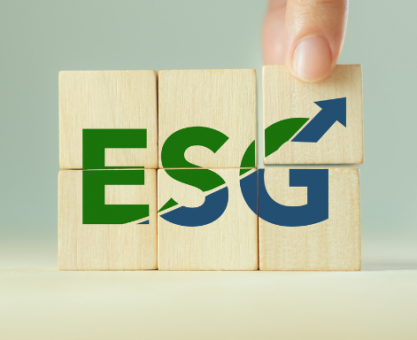Executive Summary
-
Explore innovative structures in the green bond market that go beyond traditional models.
-
Understand the benefits these new structures bring to investors and issuers.
-
Identify potential risks and challenges associated with innovative green bonds.
-
Learn about real-world examples and expert insights into green bond innovation.
Introduction
In the evolving landscape of sustainable finance, the traditional green bond model is being reimagined to meet the diverse needs of both issuers and investors. As environmental, social, and governance (ESG) criteria become critical in investment decisions, understanding innovative green bond structures is essential for stakeholders aiming to make impactful investments. This article delves into the innovative structures emerging in the green bond market, highlighting their benefits, potential risks, and strategic importance.
Definitions / Context
Green bonds are fixed-income instruments designed to raise capital for projects with environmental benefits. Traditionally, these bonds have been straightforward in structure, focusing on renewable energy, clean transportation, and sustainable water management. However, as the market matures, new models are emerging, such as sustainability-linked bonds and transition bonds, offering more flexibility and opportunities for impactful investment.
Benefits / Pros
-
Diverse Financing Options: Innovative green bond structures provide issuers with diverse financing avenues, enabling projects that might not fit traditional green criteria.
-
Enhanced Investor Appeal: By linking bond terms to sustainability performance, these structures attract investors seeking long-term value and impact.
-
Market Expansion: These models help expand the market by accommodating a broader range of industries and projects, fostering greater capital flow into green initiatives.
-
Increased Transparency: Enhanced reporting requirements often accompany these bonds, leading to improved transparency and accountability.
Risks / Cons / Challenges
-
Complexity in Structure: The innovative nature of these bonds can introduce complexity, making them harder to understand for traditional investors.
-
Regulatory Uncertainty: As these structures are relatively new, regulatory frameworks may not be fully developed, posing compliance challenges.
-
Performance Risks: Linking bond terms to sustainability outcomes can lead to performance risks if the projects fail to meet their targets.
Step-by-Step Process: How to Participate in Innovative Green Bonds
-
Understand the Structures: Familiarize yourself with different green bond models, such as sustainability-linked bonds and transition bonds.
-
Assess Alignment with Goals: Determine how these bonds align with your investment or financing goals and ESG criteria.
-
Engage with Experts: Consult with financial advisors specializing in ESG finance to evaluate the benefits and risks.
-
Conduct Due Diligence: Review the issuer’s sustainability strategy and the bond’s performance metrics.
-
Monitor and Report: Regularly track the performance and impact of your investment to ensure alignment with your objectives.
A European energy giant successfully issued a transition bond aimed at funding its shift from coal to renewable energy sources. This innovative approach allowed the firm to access capital markets while clearly communicating its commitment to sustainability. The bond’s success underscores the potential for transition bonds to drive significant environmental change.
— A Leading Firm’s Transition Bond Success
Expert Tips / Strategic Insights
-
Epiidosis recommends focusing on bonds with clear, measurable sustainability targets. This ensures that the investment aligns with your strategic goals and ESG commitments.
-
Stay informed about regulatory developments to navigate the evolving landscape of green bond structures effectively.
-
Consider partnerships with sustainability-focused advisors to enhance your due diligence process.
Tools / Resources / Calculators
-
Green Bond Principles by ICMA: A framework for issuing green bonds.
-
Climate Bonds Initiative’s Resources: Offers guidance and insights into the green bond market.
-
Sustainable Finance Calculators: Tools to estimate potential returns and impacts of green investments.
Conclusion
Innovative green bond structures represent a significant evolution in sustainable finance, offering diverse opportunities for issuers and investors committed to environmental stewardship. While these structures present certain risks, their strategic importance in driving meaningful change cannot be overstated. For tailored guidance on participating in this dynamic market, consult with our experts to navigate the complexities and maximize your impact.






















